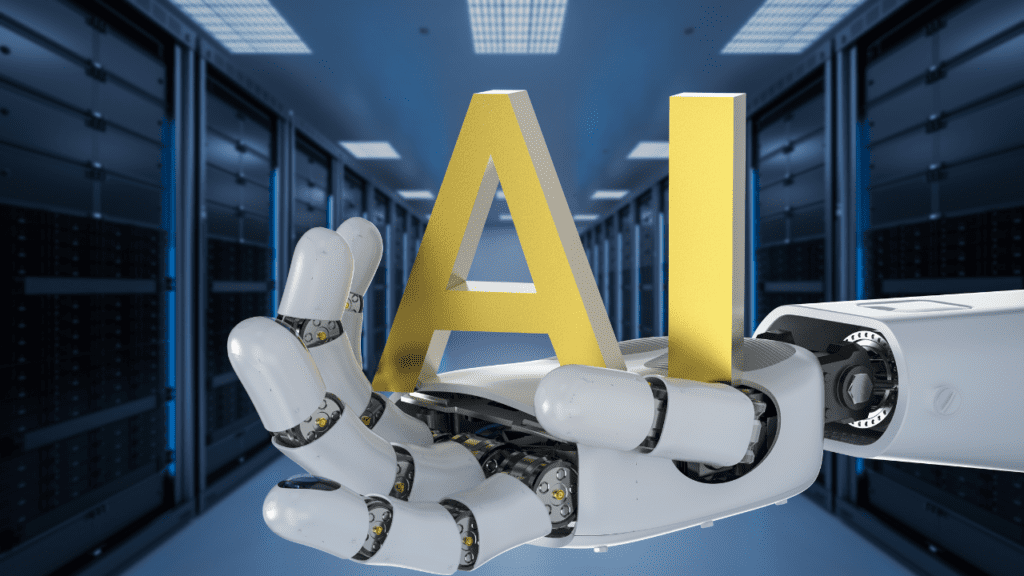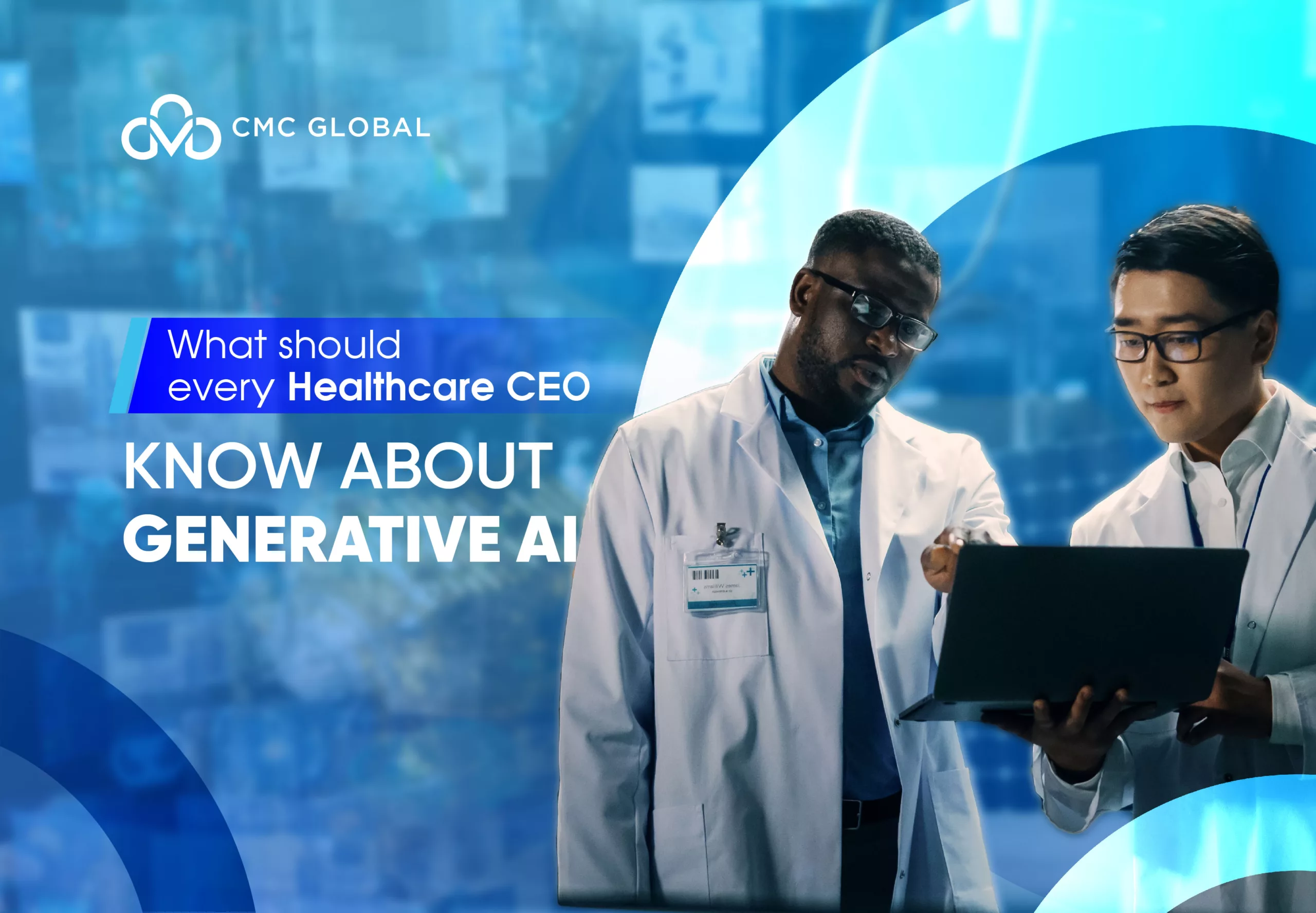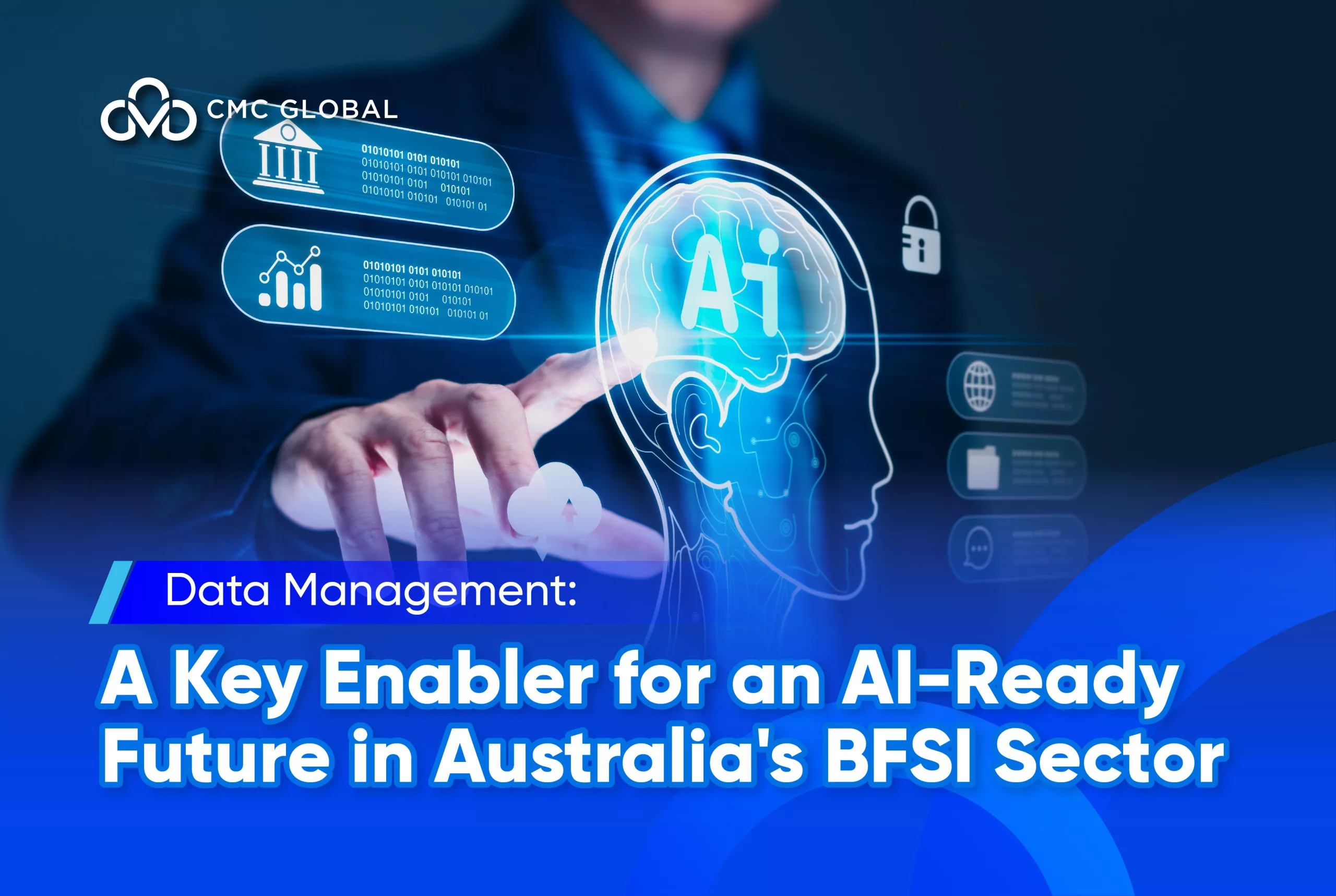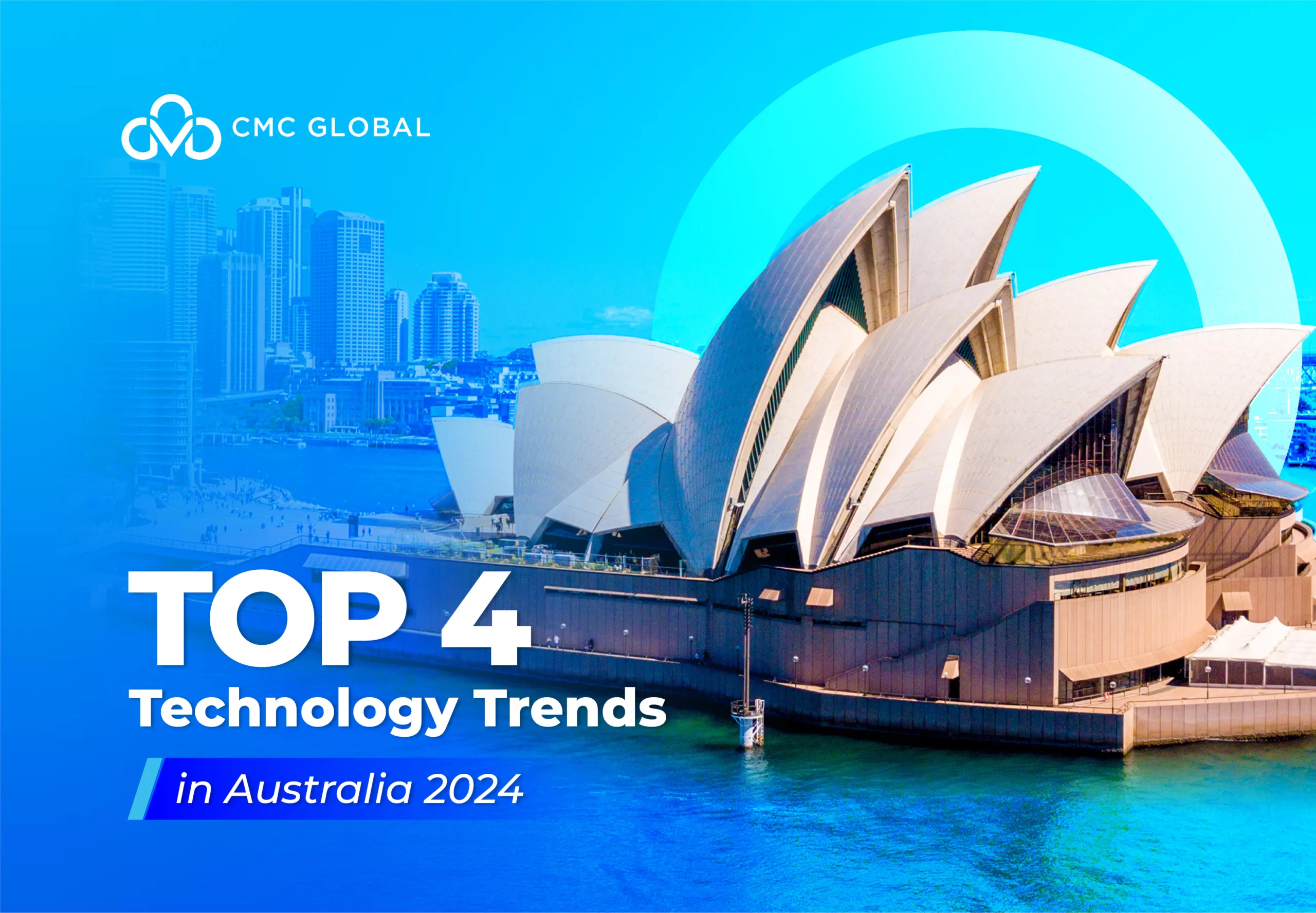In the midst of the enthusiasm generated by generative AI following the introduction of tools like ChatGPT, Bard, Claude, Midjourney, and others designed for content creation, it’s only natural that CEOs have questions. They are wondering whether this technology is merely a passing trend or a transformative opportunity of significant consequence. If indeed it represents a game-changing opportunity, they are eager to understand the tangible value it can bring to their businesses
Putting Generative AI to work
#1 Transforming the Role of Software Engineering
One example involves a relatively straightforward scenario that delivers immediate gains in efficiency. This particular case involves the adoption of an out-of-the-box generative AI solution, eliminating the need for in-house customization.
A significant portion of a software engineer’s responsibilities revolves around the task of coding. This is a labor-intensive process that entails extensive trial and error as well as research into both private and public documentation. Within this company, a shortage of skilled software engineers has resulted in a substantial backlog of feature requests and bug fixes.

To enhance the productivity of their engineers, the company is introducing an AI-powered code-completion tool that seamlessly integrates with the software used for coding. This integration enables engineers to articulate code descriptions in natural language, while the AI provides multiple suggestions for code blocks that align with the description. Engineers can then choose one of the AI’s recommendations, make necessary refinements, and simply insert the code with a click.
An acknowledged concern is that the code generated by the AI may contain vulnerabilities or other defects. Therefore, it is imperative to involve software engineers in the process to uphold code quality and security (refer to the final section in this article for strategies to mitigate these risks).
#2 Freeing up Customer Support Representatives for More Valuable Tasks
The next stage of advancement involves optimizing a foundational model. In this particular instance, a company takes a foundational model that’s been fine-tuned for conversational interactions and further refines it using their own high-quality customer chats and specialized questions and answers relevant to their industry. This company operates within an industry characterized by specialized jargon, such as law, medicine, real estate, and finance, where rapid customer service is a crucial competitive advantage.
The company’s customer support team deals with a high volume of inbound inquiries every day. There were instances when response times were excessively long, resulting in dissatisfaction among users. To handle this issue, the company chose to introduce a generative AI-based customer service bot designed to handle the majority of customer requests. The objective was to deliver swift responses that aligned with the company’s brand identity and customer preferences.

As part of the process of refining and testing the foundational model, it was essential to ensure that the responses were in line with the industry-specific language, the company’s brand promise, and the desired tone. Continuous monitoring was necessary to assess the system’s performance from various angles, including customer satisfaction.
The company devised a product roadmap comprising multiple phases to minimize potential model errors. In the initial phase, the chatbot underwent internal pilot testing. Employees had the opportunity to provide feedback by giving either a “thumbs up” or “thumbs down” to the model’s suggestions, allowing the model to learn from these inputs.
Subsequently, the model observed customer support conversations and provided suggestions. Once the technology had undergone thorough testing, the second phase commenced, during which the model was applied to customer-facing scenarios with human oversight. Ultimately, when company leaders gained complete confidence in the technology, it can be largely automated.
#3 Enhancing Drug Discovery Through AI Advancements
The most complicated applications of generative AI arise when there are no suitable pre-existing foundational models, necessitating the creation of one from scratch. This scenario can manifest in specialized industries or when dealing with unique datasets vastly distinct from those used to train existing foundational models, as illustrated by the pharmaceutical industry in this instance.
In this case, researchers in drug discovery at a pharmaceutical company faced the challenge of determining the next experiments to conduct, leveraging microscopy images. Their dataset comprised millions of such images, containing a wealth of visual information pertaining to cell characteristics crucial for drug discovery, yet challenging for human interpretation. These images played a pivotal role in evaluating potential therapeutic candidates.

To speed up their research and development efforts, the company opted to develop a tool that would elucidate the correlation between drug chemistry and recorded microscopy results. Given that such multimodal models were still in their infancy, the company made the decision to undertake the training process themselves. Their approach involved utilizing both real-world images commonly employed to train foundational image-based models and their extensive internal collection of microscopy images.
The resulting trained model added substantial value by predicting which drug candidates held promise for positive outcomes and by enhancing the accuracy of identifying pertinent cell characteristics in the context of drug discovery. This not only streamlined the drug discovery process, reducing time-to-value, but also minimized the occurrence of erroneous, misleading, or unsuccessful analyses.
Lessons CEOs can take away from these use cases
The described scenarios presented here provide valuable lessons for CEOs as they embark on their journey with generative AI:
- There are impactful use cases available that bring tangible benefits to various industries and workplaces. Companies in diverse sectors, such as pharmaceuticals, banking, and retail, are implementing a variety of these use cases to unlock their potential for creating value. Organizations can choose to start with small-scale initiatives or opt for larger ones based on their goals.
- The costs associated with pursuing generative AI can vary significantly, depending on factors such as the specific use case, data requirements, software, cloud infrastructure, technical expertise, and risk management. Companies should consider risk-related factors irrespective of the chosen use case, as some projects may demand more resources than others.
- While there’s value in initiating generative AI projects quickly, it’s advisable for companies to establish a basic business case beforehand. This will enable them to navigate their generative AI journeys more effectively.
Considerations before getting started with Generative AI
The CEO plays a pivotal role in driving a company’s focus towards generative AI. In this concluding section, we explore the strategies that CEOs should bear in mind as they embark on this journey.
Organizing for Generative AI
Many organizations initially explored traditional AI through siloed experiments. However, when it comes to generative AI, a more intentional approach is required, due to its risk factors and the capacity of foundation models to support numerous applications throughout an organization.

For example, a model fine-tuned with proprietary content to represent the enterprise’s brand identity can be applied across various use cases (such as generating personalized marketing campaigns and product descriptions) and across different business functions like product development and marketing.
Reconsidering the approach of addressing entire business domains vs. concentrating on specific applications
Generative AI represents a tool capable of revolutionizing organizational processes, especially within specific sectors of the value chain, such as marketing for retailers or operational aspects for manufacturers. The convenience of implementing generative AI can motivate organizations to apply it to isolated business cases.

It is essential to adopt a perspective that focuses on the various use cases within each domain that hold the greatest potential for transformative impact across different business functions. Organizations are envisioning a future state empowered by generative AI, where it collaborates with conventional AI applications and introduces novel work methodologies that were previously unattainable.
Striking a balance between risk and the creation of value
As illustrated in our 3 use cases, business leaders face the challenge of balancing the potential benefits of generative AI with the associated risks. According to a recent Global AI Survey by McKindsey, despite the adoption of traditional AI by over half of organizations, most fail to effectively address its inherent risks. Generative AI causes concerns related to these existing risks, such as the propagation of hidden biases within training data, while also introducing new ones, like the tendency to generate erroneous information.
Consequently, the cross-functional leadership team must not only establish overarching ethical principles and guidelines for the application of generative AI but also cultivate a comprehensive understanding of the risks associated with each potential use case. It will be imperative to identify initial use cases that align with the organization’s risk tolerance and possess mechanisms to mitigate consequential risks.

For instance, a retail company may prioritize a use case with a slightly lower value but lower risk, such as generating drafts of marketing content and other tasks that involve human oversight. Simultaneously, the organization may reserve high-value, high-risk use cases, such as an automated tool for composing and sending highly personalized marketing emails. Employing risk-conscious practices can empower organizations to implement the necessary controls for effective generative AI management and regulatory compliance.
CEOs and their teams should also remain up-to-date with the latest developments in generative AI regulation, including regulations related to consumer data protection and intellectual property rights, to safeguard the company against liability issues. Different countries may adopt diverse regulatory approaches, similar to existing disparities in AI and data regulations.
Consequently, organizations may need to adapt their operational strategies to accommodate process management, cultural considerations, and talent management that enable them to navigate the rapidly evolving regulatory landscape and the scaling risks associated with generative AI.
Focusing on Essential Skills and Talent Acquisition
To effectively harness generative AI for the benefit of their businesses, organizations must focus on enhancing their technical capabilities and providing training to their existing workforce. This demands efforts from leadership to identify the necessary skills and expertise, which may extend beyond technical roles to encompass a diverse talent pool spanning engineering, data analysis, design, risk management, product development, and other business functions.
As demonstrated in the above use cases, the technical and talent requirements can vary significantly depending on the specific implementation, ranging from utilizing pre-existing solutions to constructing foundational models from scratch. For instance, constructing a generative model may require the expertise of machine learning experts with PhD-level qualifications, whereas developing generative AI tools using existing models and software-as-a-service (SaaS) offerings may only require the involvement of a data engineer and a software engineer to lead the initiative.

In addition to recruiting the appropriate talent, organizations should also invest in training and educating their existing workforce. User-friendly interfaces driven by prompts can simplify the use of generative AI applications, but users still need guidance in optimizing their prompts, understanding the technology’s limitations, and discerning when and how to seamlessly integrate the application into their workflows.
Leadership should establish clear guidelines for the use of generative AI tools and provide ongoing education and training to ensure that employees are well-informed about the associated risks. Encouraging a culture of self-directed research and experimentation can further stimulate employees to innovate processes and products that effectively incorporate these tools.
How CMC Global can Help
It’s not easy to stay updated in the fast-paced world of generative AI, the ongoing legal disputes, and the rise of new tools, all while managing your regular job.
Our team of generative AI consultants is here to assist you. Our dedicated experts stay ahead of the curve when it comes to the latest research and advancements in generative AI with experience in implementing various AI solutions. We prioritize real-world applications that yield a return on investment, rather than getting caught up in hype.
Don’t hesitate to reach out to our team for more information.




